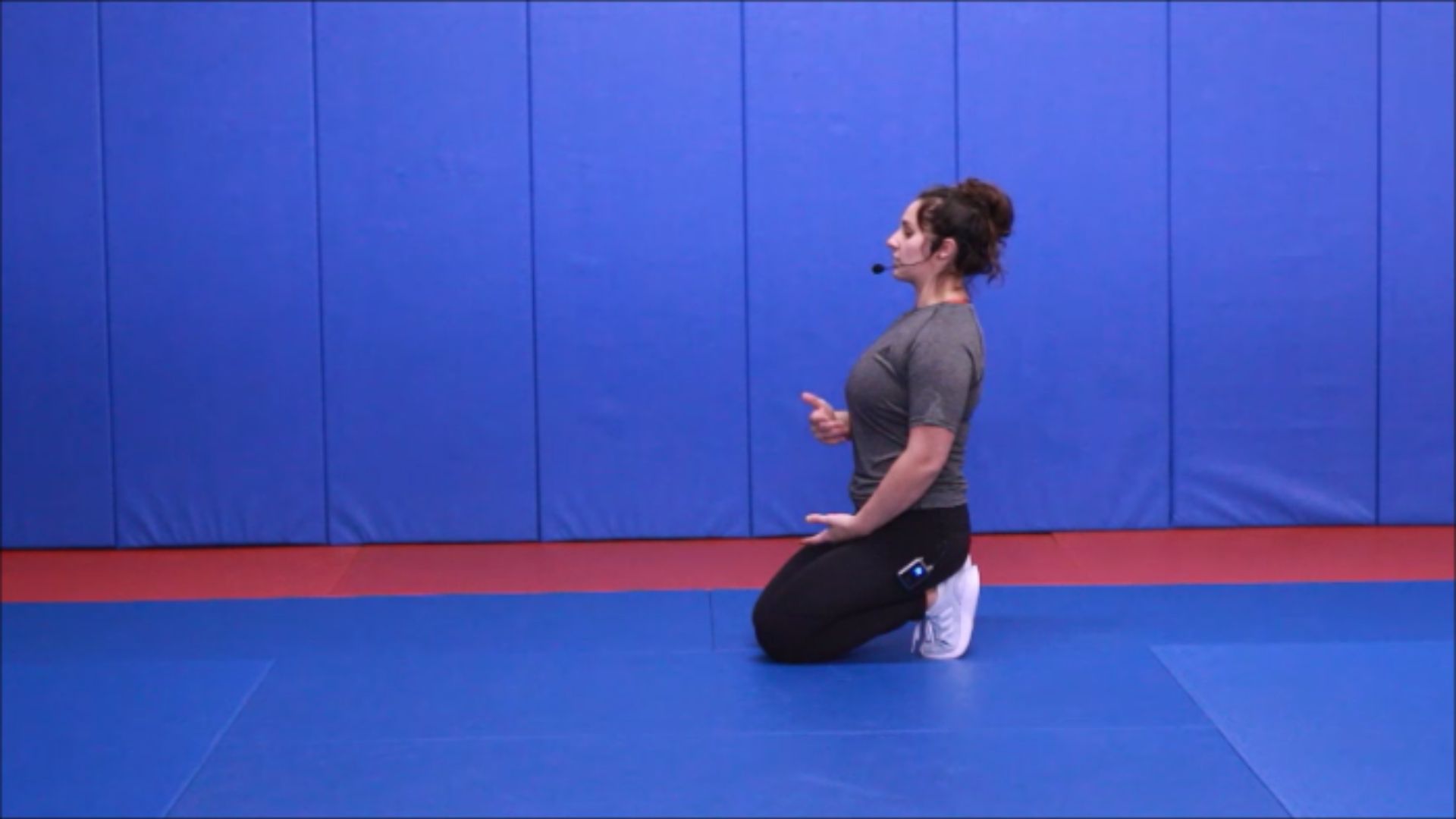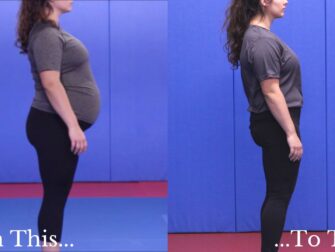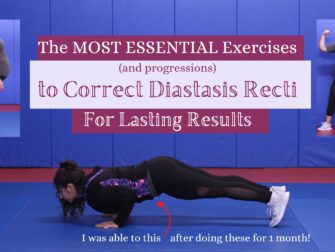Learn the principles to effectively program how often ab workouts should be done depending on your recovery and progress.
You may have learned that you have Diastasis Recti. Having back pain or a belly bulge, (or even both) is often an indicator that something is wrong and needs fixed. Whether you know a little or a lot about the right exercises for DR , you need to properly program in order to correct your diastasis recti.
Your frequency of abdominal workouts will vary and change as you heal. That’s because in order to grow stronger, you need progressive overload.
Why it’s important to focus on repairing Diastasis Recti
Remember the reason you’re here. To repair a muscular imbalance and relearn mechanics as your abdominals strengthen and heal. And doing that takes consistent effort and some time. To rid the belly bulge and find some back pain relief are priorites for sure. But those are results to consistent effort. I don’t want you to think that you can do can get a quick fix after a couple weeks. I also want you to remember that seeing or feeling some progress doesn’t mean its time to move on. It took months for your body to develop DR, so it will take months to correct it.
But remember all of the long term benefits that you will get from repairing your DR. Better posture. A stronger core and tighter tummy. Improved balance and stability. A boost in confidence. Less postpartum back pain and more comfort. Feeling good in your body also helps you stay motivated to be consistent in your fitness. Plus, taking care of your DR now sets you up for a healthier, and more comfortable pregnancy and postpartum phase the next time around!
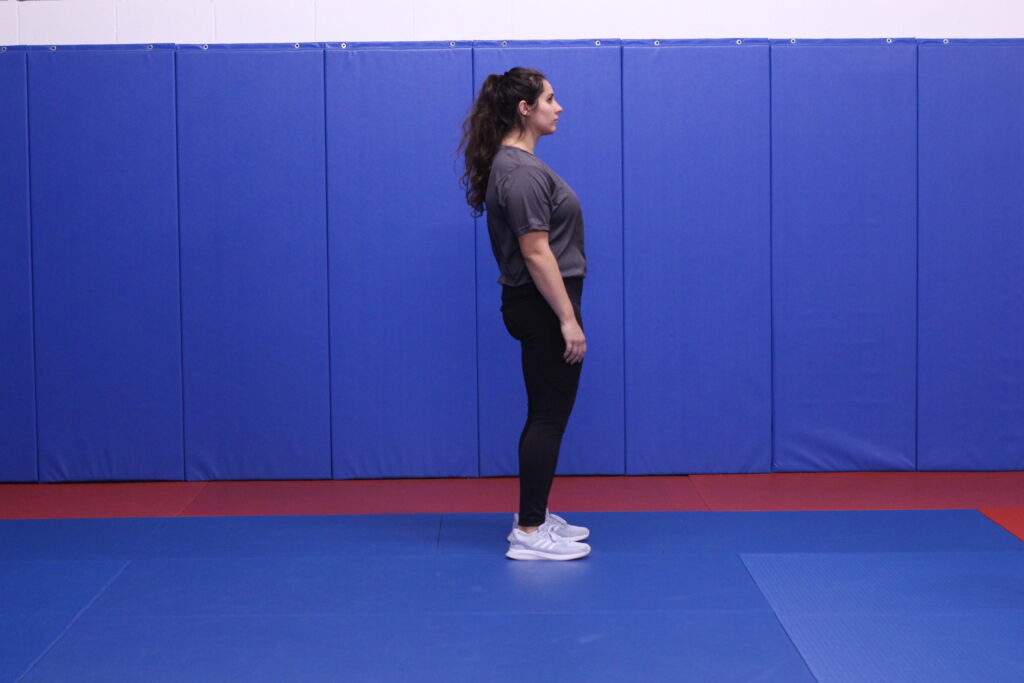
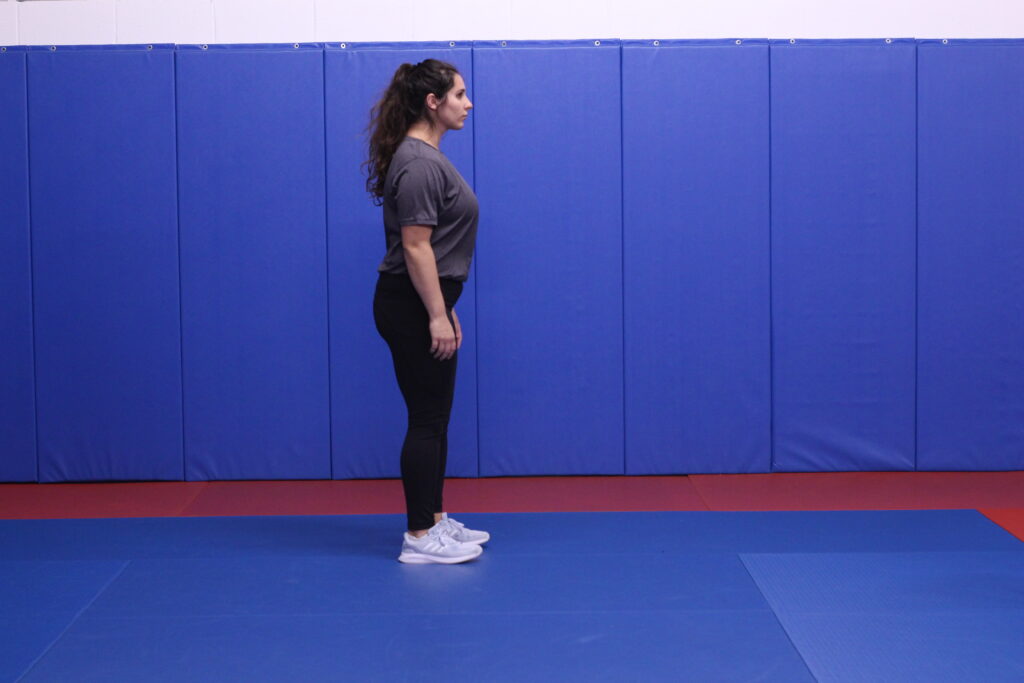
So what is Diastasis Recti
Diastasis Recti is when the abdominals separate from stretching and weakening of the muscles. Typically, it occurs from pregnancy. If you want to learn more about what it is and how to tell if you have it, you can always talk with your doctor. But I have a whole post about that too! Check it out here.
What exercises and ab workouts you should do for DR
There are really only two exercises that you need to do to repair your belly. That is the pelvic tilt and the vacuum. These two exercises are the foundation of the engagement and activation that you will continue as you heal and progress. Check out my video below for a complete breakdown of these two moves and why you need them. As well as their progressions! And until you have healed, try to stick with postpartum specific ab/core workouts to avoid worsening your DR.
How often ab workouts should be done for DR
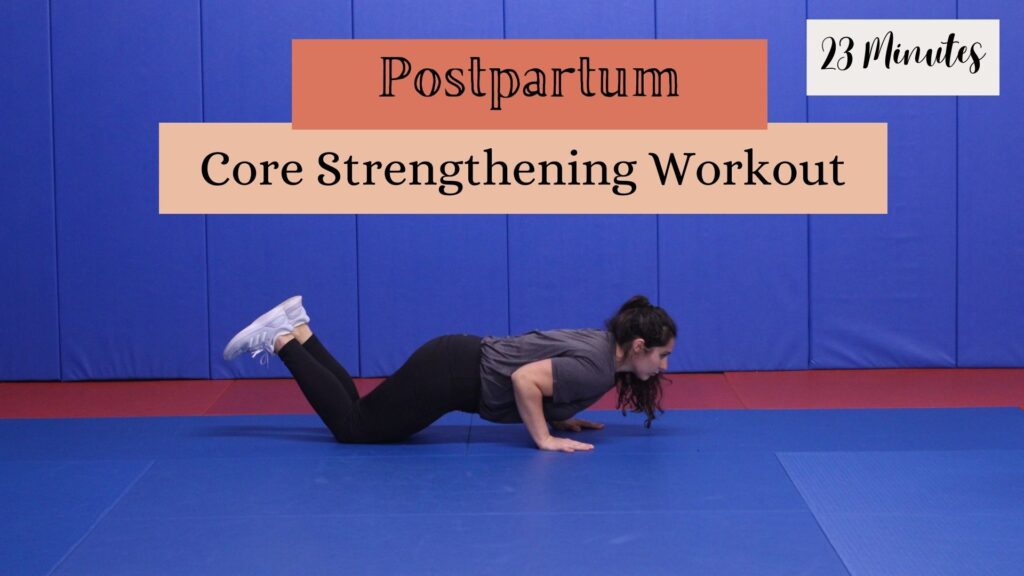
Your frequency of abdominal workouts will vary and change as you heal. That’s because in order to grow stronger, you need progressive overload. Progressive overload is the concept of altering training stress as the body adapts. So we just want to make sure that we are adjusting the frequency, intensity, volume, rest time, etc., as our bodies respond and get better at each of those elements. So if I do 2 sets of 20 sit-ups after every workout, eventually those will do nothing for my body. I will “plateau” in that load of that exercise because my body got efficient at and used to it.
Now this concept is pretty complex and is actually something I have seen even trainers and coaches fail their athletes/clients at. But I’ll give you a tip. Be honest with yourself and track your progress. Pay attention to your reps, sets, intensity, and frequency and slowly adjust progress those elements to push yourself in a controlled way. So, say you are doing vacuums and pelvic tilts 2 times a day for 10 reps. You do that for 2 weeks and notice you are feeling more stable and the volume (total reps done) is no longer fatigueing you the way it did at the beginning. That’s when you know you are ready to step up one of those elements. See? Simple! But let me give you a more specific program to follow.
How often should I do ab exericses or ab workouts during and after DR
The first thing you can do even before the doc clears you to exercise is to focus on POSTURE. While you are sitting, standing, and everything in between. Be aware of your hips and shoulders. Try not to round your shoulders (which can quickly become a habit with a newborn). Watch where your head is, is it sticking far out in front of your spine? And make sure you are sitting either erect or with lumber support so you aren’t tucking your butt or overarching. You can do this everyday, all day. This habit is going to do so much for you long term than 100 sit-ups will do.
I also want you to draw your attention to your breath. Try to make diaphragatic breathing natural if it is not already. This is the way we should naturally breathe. You may have heard it as belly breathing. Your belly should expand as you inhale, this is the diaphragm contracting and drawing air in. Then the belly compresses as you exhale, which is the diaphragm relaxing and pushing the air out.
Once you are cleared by your doctor, start only with Pelvic Tilts and Vacuums. Since we are considered “novices” at the strength level (due to the break in activity for 4+ weeks), slow and steady is an appropriate approach. Those muscles are so weakened and deconditioned that we can easily fatigue them. Start with 2 sets of 10 for each exercise 2-3 times a week. Continue to add a day in each week that you feel you are ready to take the next step. I don’t want to get too definitive with the parameters because everyone will heal at their own pace.
Once you are able to complete those everyday then you can adjust the volume (another set or more reps). Once you are able to complete 3 sets of 15-20 reps each, you are probably ready to increase your intensity with a progressed exercise.
How often YOU should do ab workouts
Basically, you will first increase your frequency, then volume, then intensity. Because these are “novice”muscles. They have been severely weakened and deconditioned. Doing too much, too fast can make DR worse and even cause a setback. Plus, These are endurance muscles that we are talking about. Your core is working all day long, even just sitting. So it’s immportant to condition them with the right approach.
We want to be controlled and safe while we heal our bodies after baby. So listen to your body mama, and keep it simple!
